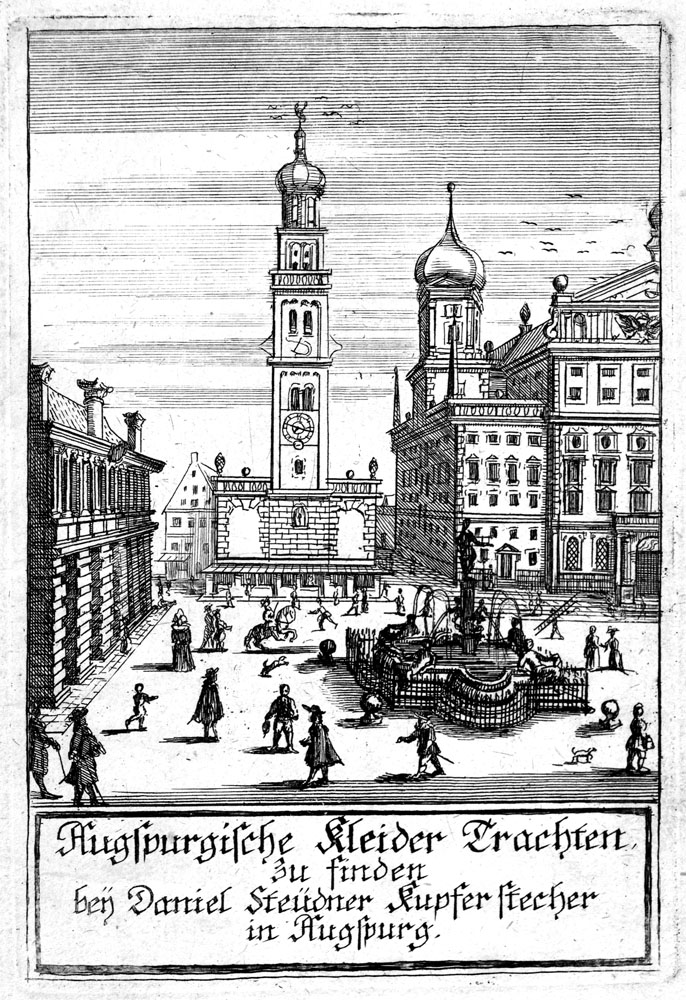Wilhelm Stettler - G.C. Stich

The oeuvre of the Briefmaler Johann Philipp Steudner from Augsburg, whose prints could be bought at the Hauß und Laden bey der Metzg (house and shop by the butchers), comprises mostly cheap and crudely produced, coloured and uncoloured woodcuts, usually broadsheets of devotional subjects. Steudner also published some printed game boards, although the famous game of goose has not been found. These once common prints are now rare, but the Germanisches Nationalmuseum collection in Nuremberg preserves a very good and substantial collection of his work, while the Staats- und Stadtbibliothek collection in Augsburg has examples of the games. In his pioneering book The German Illustrated Broadsheet in the Seventeenth Century (Baden-Baden, 1966-67) William Coupe includes some of Steudner’s works while also calling attention to rivals who issued unsophisticated woodcuts with simple texts such as Abraham Bach, Andreas Bernhard and Christian Schmidt. Other similar contemporary Briefmalers active also in Augsburg include the ‘illuminator’ and ‘stenciller’ Georg Jäger with the address Zu Augspurg by Georg Jäger Brieffmaler in Jacober Vorstatt im kleinen Sachsengäßlen and Elias Wellhöfer who advertised his shop Zu Augsburg, bey Elias Wellhöffer Briefmaler, bey unser lieben Frawen Thor. The precise locations of these Augsburg publishers have been studied by Wolfgang Seitz in a note ‘The addresses of Augsburg broadsheet makers’ in Alexander / Strauss at p. 827 (also pinpointed on a contemporary map). Wolfgang Brückner also compiles a revealing “Beschreibung der Herstellerzentren populärer Druckgraphik und ihrer Offizinen im deutschen Sprachbereich” in his work on German popular prints of 1969 (see especially pp. 211-14). Coupe describes in appropriately vivid terms the bright, garish and lurid colours on the prints and the “positively dazzling haloes”. Ultimately he describes the prints as “graphic cult objects” (p. 27). These popular prints correspond to the long tradition of French imagerie populaire produced in the rue St Jacques in Paris, and elsewhere throughout France from Amiens to Toulouse, and of course Épinal. Popular prints were likewise produced in numerous German cities beyond the big centres of printmaking such as Lübeck.
Apart from Daniel and Johann Philipp Steudner this volume contains the work of the following artists: Wilhelm Stettler, Marc Christoph Steudner and G.C. Stich.
Published in 2010
Compiler: Dieter Beaujean
Editor: Simon Turner
ISBN: 978-90-77551-86-8
332 pp.

